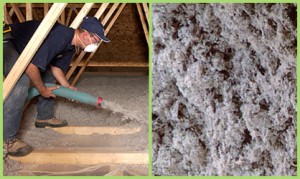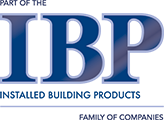1st Annual Company Picnic!
The 1st annual company picnic was a huge success! We have a great team of employees here at Key Insulation and BER! This picnic gave us a chance to have a little fun and get to know each other better, bringing our work family that much closer!
1st Annual Key Insulation and BER Company Picnic!
Games!
You know that old saying, “Work hard play hard!” Well that’s what we did!
Manager Dunking Booth!!
What’s In Your Walls?
Greenest Insulation
by cellulose.org
Why Cellulose Insulation is the “Geenest of the Green”
Turning waste paper and old newspapers into insulation is a simple idea. It just makes sense to divert tons and tons of paper from landfills and use it to create one of the most effective insulation products available. Instead of allowing all that paper to decompose and release harmful gases into the atmosphere it can be used in attics, walls and crawl spaces to insulate just about any structure. Using cellulose insulation actually traps carbon in the structure for the life of the building further minimizing green house gases.
Cellulose insulation is made from a renewable natural resource in the form of wood cell matter that requires very low levels of energy to produce. This not only limits greenhouse gas emissions during the manufacturing process but also prevents waste paper from releasing environmentally harmful gases as it decomposes in landfills. It’s just one of the many added benefits in addition to the primary cellulose insulation purpose of lowering energy usage to reduce waste and make buildings more comfortable.
If all of the paper currently being put into landfills was converted to Cellulose insulation, it would save 7,030,000 metric tons of CO2 equivalent emissions per year! That’s the equivalent of taking all the cars off the road in Nevada and New Mexico.
Here are some key “Green” facts about Cellulose insulation:
- Cellulose takes less energy to make than any other insulation material. Fiberglass, the leading insulation among homeowners, has 10 times more embodied energy than cellulose. Petroleum-based foam insulation products have even higher levels of embodied energy.
- Cellulose has the highest percentage of post-consumer recycled content in the industry – up to 85% recycled newspaper. Paper is the largest component of landfills and producing Cellulose insulation diverts waste from the landfills thus saving valuable space.
- Cellulose insulation prevents the release of greenhouse gases (methane) that would otherwise be produced from paper as it decomposes in landfills.
- Cellulose insulation naturally breaks down after its useful life–unlike fiberglass or foam which do not. In the event of a natural
disaster, cellulose insulation will leave only non-toxic, biodegradable material for clean-up rather than debris that will never decompose.
- Cellulose insulation can be locally produced. Using local recycling programs and independent recyclers to serve communities close to home brings new meaning to the old slogan “Think Globally, Act Locally.”
Currently, fiberglass is the most common form of insulation used in home construction and renovation. Our goal is to educate and inform the community about the environmental impacts of the choices they make with regard to insulation.
Words of Wisdom
Father’s Day
June is Father’s Day month. It is always a special time for me as I have two daughters who love their Daddy very much. It is also special as I reflect on my own dad. We carry the same name and I am proud of that. I can remember my mother often saying, “You’re just like your dad!” and while she did not always make it sound like a compliment, I swelled with pride. My dad by ordinary standards was ordinary: he was a carpenter by trade. I went with him on several building projects learned a few things about carpentry, but wish I had learned more. But I still carry that love of woodworking and taking things and re-purposing them like he did. I still have a desk and filing cabinet and chest he made. I still have an old TV cabinet (from those older days) that he turned into a storage space. He would often joke that his favorite color was green –with a picture on it (and the bigger the number, the better). He taught me values just by living them. When I would help on a project, he often said, “If you are going to do some-thing, you might as well do it right.” I remember hours of catching base-balls as he taught me how to pitch… and he was in his early six-ties then. I remember old dusty roads where he taught me to drive—with a stick shift, no less. I remember family reunions on Labor Day weekends where we would pack up an old panel wagon and drive out to a roadside park near his hometown. He was my cousins’ favorite uncle by far. He has been gone for 35 years now, but there is hardly a day that goes by that I do not think of him. Thanks, dad, for your strength and care. Might be a good time to call your dad.
By David Eaton,
Area Team Leader










